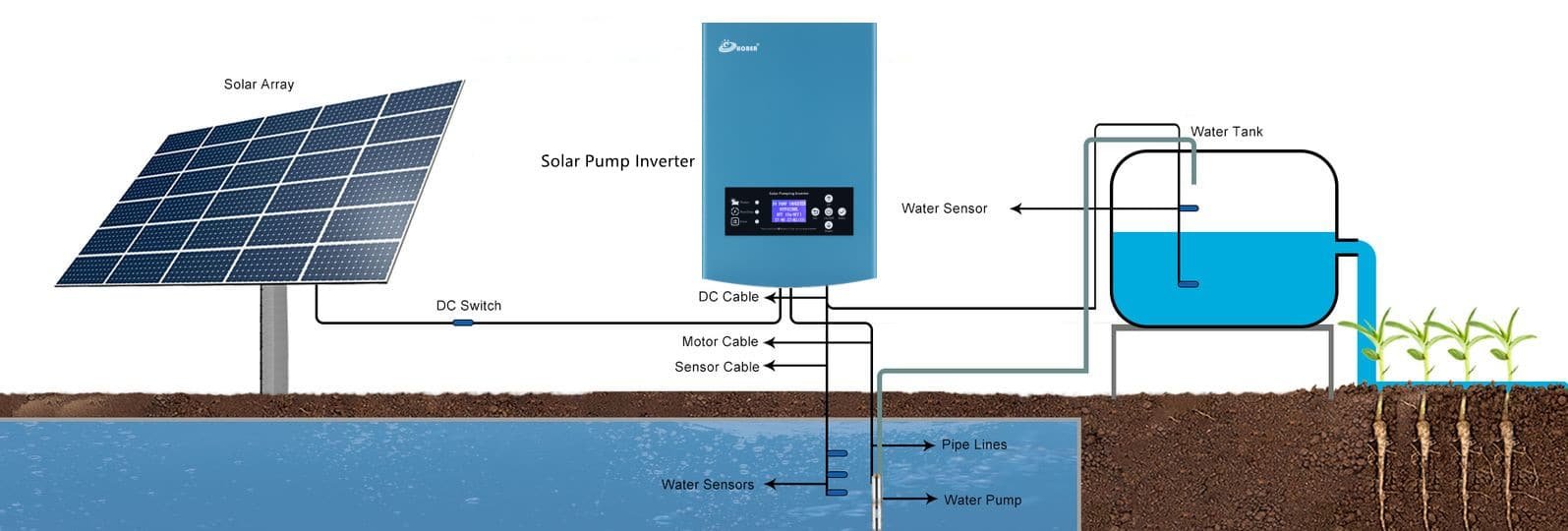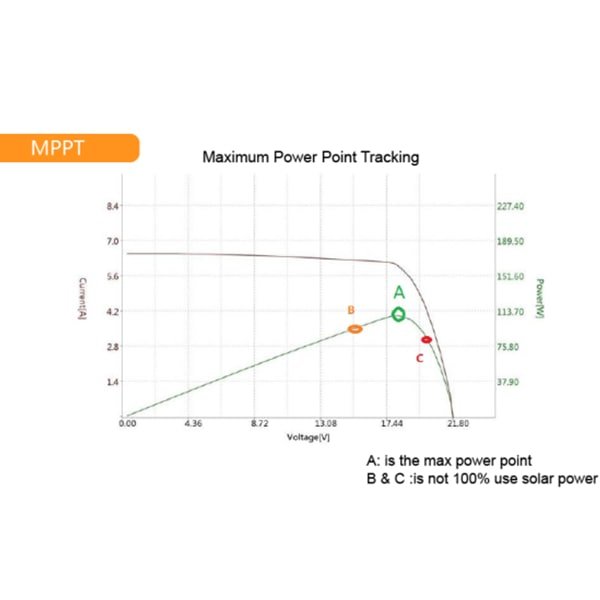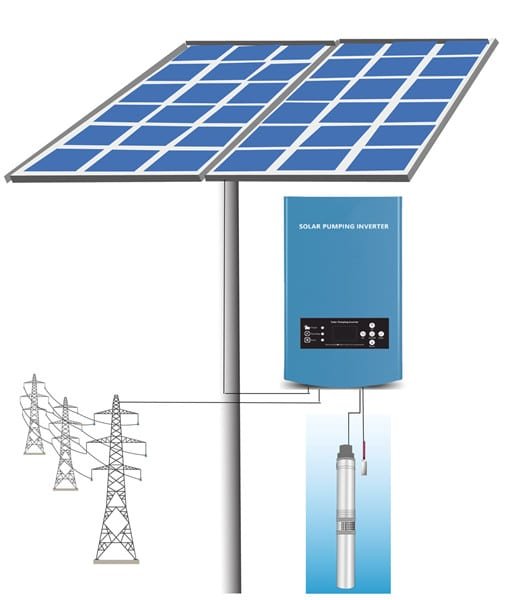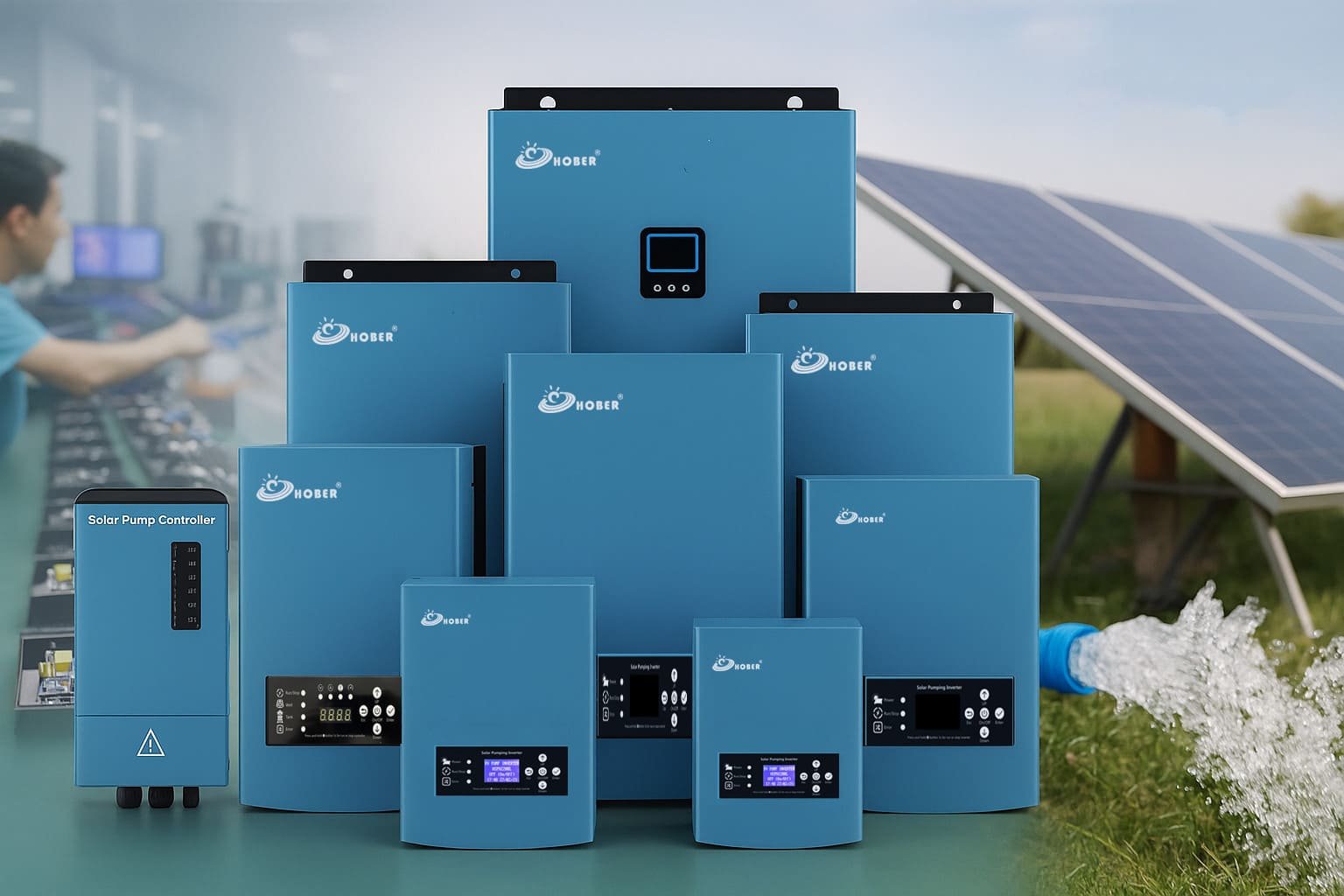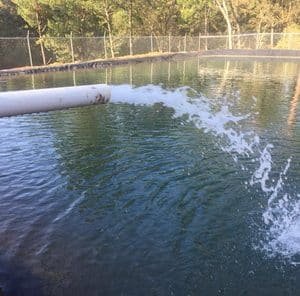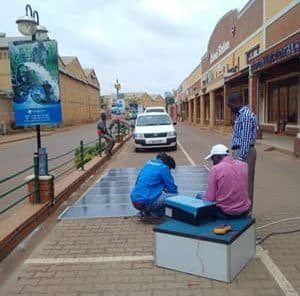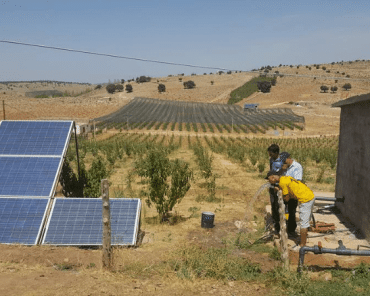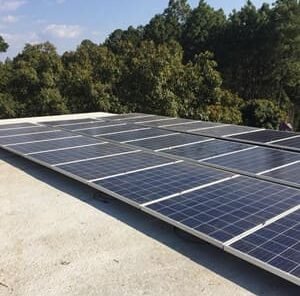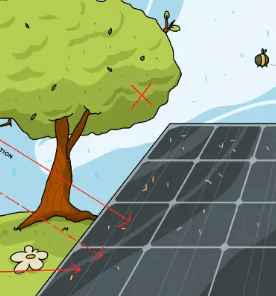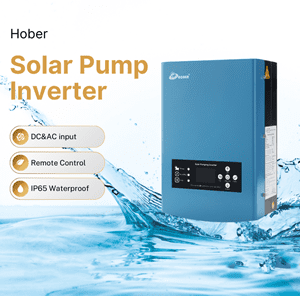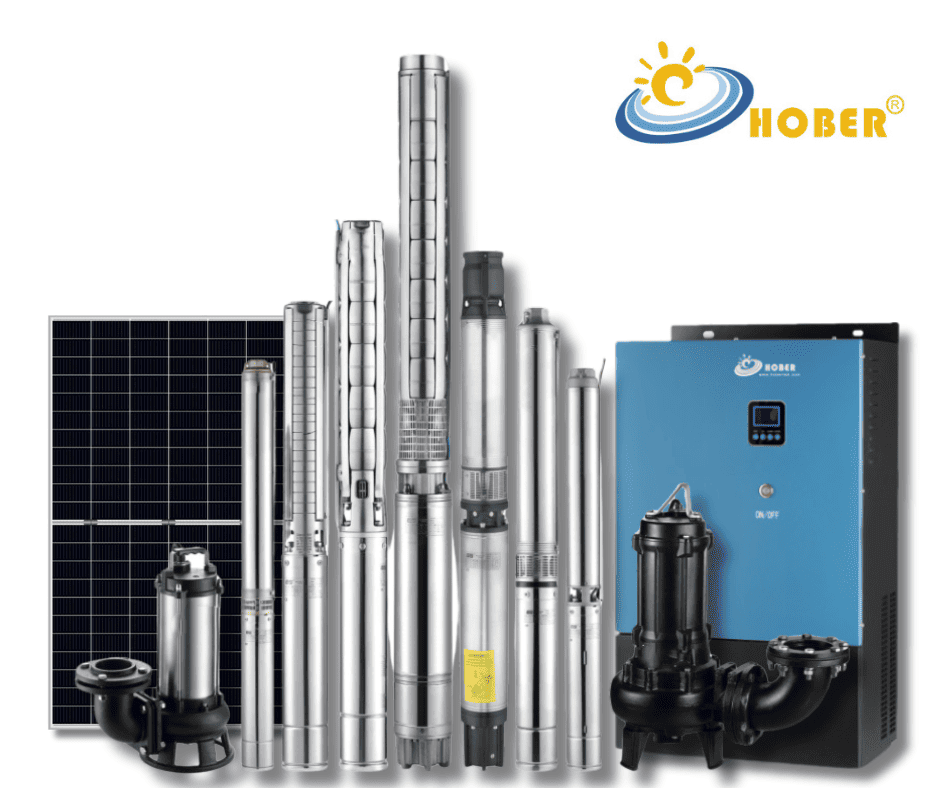Worried about your solar pumping setup? High Isc values can scare installers, but they often won’t harm your system.
In solar pumping inverters, Isc exceeding max input current is safe because the inverter runs at Imp, not Isc, preventing overload.
This issue comes up a lot in off-grid water pumping projects. Let’s explore why it’s normal and how to handle it.
What Is Isc in Solar Panels for Pumping Systems?
Ever set up a solar pump and seen high Isc numbers? It can feel risky at first.
Isc is the max current from short-circuited panels under strong sun, but pumping inverters avoid this point.
Breaking Down Isc Basics
Isc stands for short-circuit current. It measures the highest current a solar panel can push if you connect its ends directly. This happens under full sun, like 1000W/m² at 25°C. Factors like panel size and light level set this value. In solar pumping, where panels power water pumps directly, Isc acts as a safety benchmark. Panels won’t hit this in normal use. The inverter’s MPPT keeps things at the max power point. I recall a farm project in a sunny area. The panels had Isc at 12A, but the pump ran smooth at lower currents. No issues.
Key Factors Affecting Isc
Sunlight boosts Isc the most. More light means more electrons flowing. Temperature plays a small role too. Cooler air slightly raises it. Panel design matters. Bigger cells catch more light, so higher Isc. In pumping setups, dust or shade can lower real Isc, but we plan for the max.
| Factor | Effect on Isc | Example in Pumping |
|---|---|---|
| Sunlight | Higher intensity raises Isc | Peak noon sun: +20% |
| Temperature | Cooler temps slightly increase | 10°C: 5% higher |
| Panel Area | Larger panels mean more current | 500W panel: 14A Isc |
| Manufacturing | Better cells optimize output | Mono PERC: higher |
This table shows why Isc varies. Use it to pick panels that fit your pump’s needs.
Why Isc Matters in Solar Pumping
In pumping inverters, Isc helps size the system. It ensures wires and fuses handle peak surges. But remember, the pump load pulls current at Imp, not Isc. Exceeding inverter limits? Check Imp first. In my experience, ignoring Isc led to a client call about "overcurrent." It was just a misread spec. We adjusted strings, and the well pumped fine. Always factor in site conditions like tilt and dirt. This keeps your system reliable year-round. (Word count: 178)
What Is the Max Input Current in a Solar Pumping Inverter?
Confused by inverter specs for your pump? Max input current sounds strict, but it’s flexible.
Max input current is the highest working current the inverter’s MPPT can take without issues.
Understanding Inverter Limits
Solar pumping inverters convert DC from panels to AC for pumps. The max input current marks the peak the MPPT handles at full power. It’s set for safe operation near Imp. Unlike grid-tie units, pumping ones focus on variable loads like water flow. Manufacturers like Lorentz or Grundfos list this clearly. In one irrigation job, the inverter took 10A max, matching most panel Imps. No overloads.
How It Works in Practice
The MPPT tracks the best power point. It pulls current up to its limit. If panels offer more, it clips output. This protects the unit. Voltage range is key too. Pumps need stable power, so match Voc carefully.
| Spec | Role in Pumping Inverter | Typical Value |
|---|---|---|
| Max Input Current | Safe MPPT working limit | 10-20A per input |
| Relation to Imp | Handles up to this current | Matches panel Imp |
| MPPT Function | Optimizes for pump load | Adjusts real-time |
| Safety Features | Clips excess to avoid damage | Built-in fuses |
This setup ensures long life in harsh fields.
Real-World Tips for Sizing
When picking an inverter, look at pump power needs. Add a buffer for cloudy days. I once oversized for a dry season. It saved the crop. Always check datasheets for Isc ratings too. Some inverters allow 1.25 times Isc for safety. This prevents trips during peaks. Use tools like manufacturer software for exact matches. It saves headaches later. (Word count: 162)
Why Can Isc Exceed Max Input Current in Solar Pumping Inverters?
Seeing Isc higher than your inverter’s limit? It happens often in pumping setups.
Isc exceeds because inverters work at Imp for pump efficiency, not the short-circuit max.
The Design Behind the Mismatch
Panels list Isc as a theoretical peak. Imp, the working current, sits 5-10% lower. Pumping inverters size for Imp to match pump draw. This lets Isc go higher without risk. In a remote well project, panels hit 13A Isc but Imp was 11A. The 10A inverter handled it fine. The MPPT just limited flow.
Common Reasons for This Setup
Overpaneling boosts output on dim days. It’s standard in pumping for steady water. Inverters have clip points to shed excess. No damage, just less peak power.
| Reason | Why It Happens | Pumping Impact |
|---|---|---|
| Panel Specs | Isc > Imp by design | Safe overprovision |
| Inverter MPPT | Operates below Isc | No overload risk |
| Site Conditions | Varies light and temp | Clips at peaks |
| System Sizing | Allows 150% DC over AC | Better low-light |
This approach maximizes value.
Handling It in the Field
Test under load. Monitor currents with clamps. If trips occur, rewire strings for balance. In my story, a farmer worried about 15A Isc on a 12A unit. We ran it full sun—no problems. The pump filled the tank on time. Focus on total power, not just amps. This keeps systems running in tough spots. (Word count: 152)
How Do You Explain This to Clients Using Solar Pumping Systems?
Clients freak out over specs? Simple talk clears it up fast.
Tell them inverters run at safe Imp levels, so high Isc won’t break the pump setup.
Keeping It Straightforward
Start with basics. Panels have a max Isc, but the inverter picks the right current for the pump. Show the datasheet side by side. In a village install, the owner saw 14A Isc vs 11A max. I drew a quick graph. He got it— no more worries.
Step-by-Step Explanation
Use analogies. Like a hose: full blast is Isc, but the valve (MPPT) controls flow to what the pump needs.
| Point | Simple Explanation | Client Takeaway |
|---|---|---|
| Working Point | Inverter uses Imp, not Isc | Safe daily run |
| Match Check | Compare Imp to max input | Easy sizing |
| Theoretical Max | Isc is just a limit, not real | No damage fear |
| Safety Built-In | Inverter clips excess | Reliable pumping |
This builds trust.
Building Confidence On-Site
Walk them through a test run. Point out the display showing real currents. Share a quick story like mine: a similar setup pumped for years. End with: "It’s designed this way for your benefit." They leave happy, system humming. (Word count: 158)
Conclusion
In solar pumping inverters, high Isc is no threat—focus on Imp for safe, efficient water flow.

